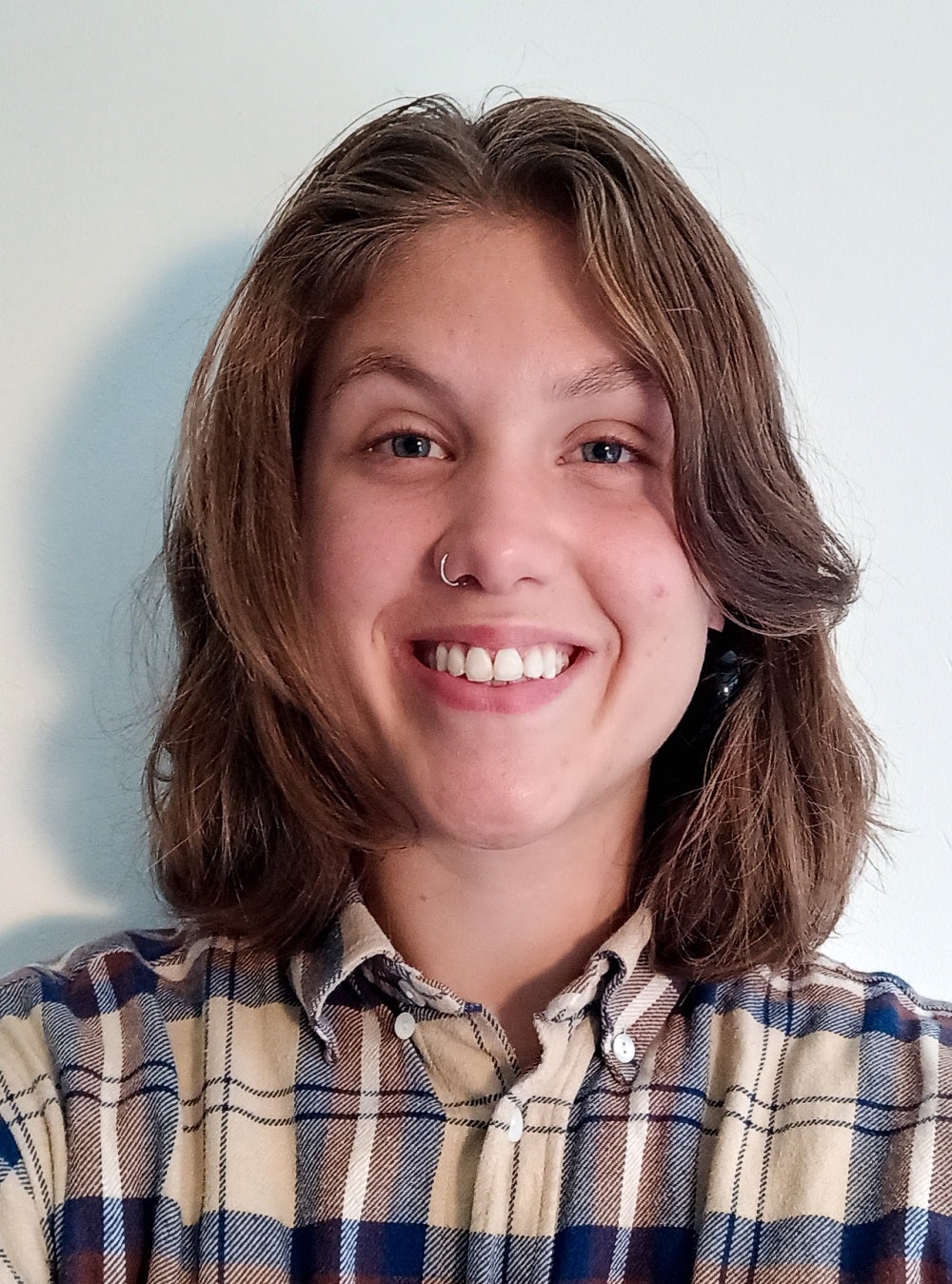After all, how do you prepare students for practice without moving an entire lecture hall of students to the courtroom, an exhibition room, an archaeological site or an anatomy class? The Tech Lab provides the answer: by using a realistic virtual environment in which students face situations they will also encounter in their professional field. That this kind of technology is a valuable addition is shown by the various projects in which Virtual Reality is currently being used.
Pleading in an authentic courtroom
A project that has proven its worth numerous times is PleitVrij. This programme is used in the pleading course within the Law programme. The application teaches students to plead better. Thanks to the VR headset, they suddenly find themselves re-enacting a court case in the oldest courtroom in the Netherlands, in Groningen. Whereas previously students only gained experience in a classroom, the new virtual setting allows them to be better prepared for professional practice. In collaboration with the University of Groningen and the University of Utrecht, employees are developing a second version of the app, which also allows students to sit in the judge's chair. The three universities are also facilitating the implementation of the app at other institutions, enabling cross-institutional working.
Virtual exhibitions
Virtual Reality is also of great value within the arts. A lecturer in the subject of Research Techniques within the Media, Design, Art & Architecture programme struggled with the ways in which students learn about visual art. In collaboration with the Tech Lab, the application Spatial was introduced, in which they could curate their own virtual exhibition. "We now also had to consider the placement of the artworks and texts, instead of just the content," one of the students declares. Teachers and students were given an introductory lecture on Spatial from the Tech Lab and could approach Team Educational Support at the University Library with questions during the process. The project ended with a grand opening of the exhibitions, during which students were able to tour their virtual exhibits in real-time.
Realistic heritage
The Faculty of Humanities is exploring the possibilities of digital humanities. For example, there are applications in which you can view ancient temples in a very realistic manner. Locations that are hard to visit are brought to the student. Such an app can, for example, trigger a discussion on the representation of heritage when it is no longer in its original state. The additional advantage of the technology is that it is malleable, making it easier to estimate scale and space, for example, and allowing students to view heritage from different perspectives.
Studying muscle groups
VR is also used in the curriculum in the study of Movement Sciences. Using the 3D Organon application, students can practise in the surgery room, for example by dissecting the body and studying muscle groups. The realistic virtual environment gives them a chance to prepare properly for the real operating room.
Are you curious to know what possibilities VR can offer you? Contact the Tech Lab for personalized advice.
